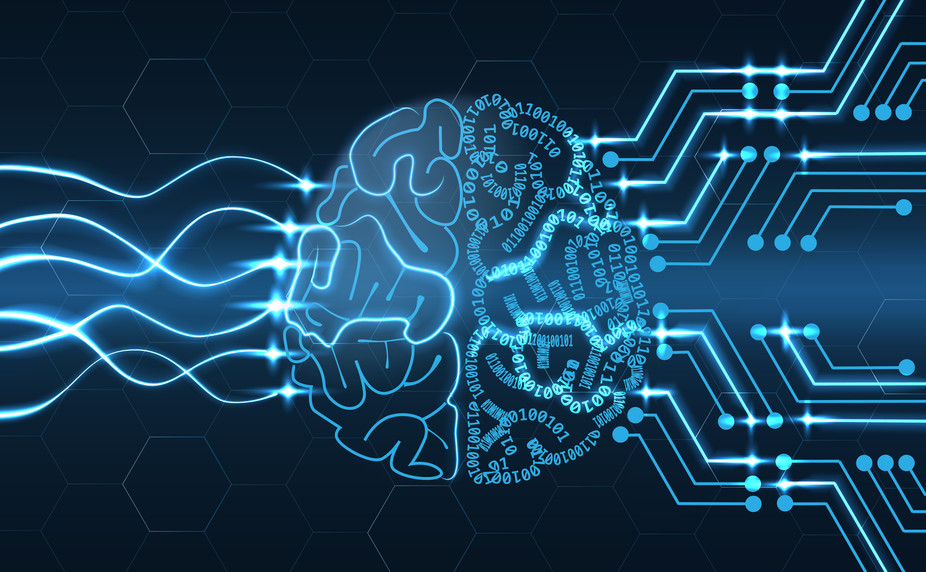Artificial Intelligence
The research within the Artificial Intelligence group conduct research focused on all aspects of algorithms and methods in respect to Artificial Intelligence. This includes probabilistic and biologically inspired methods, big data, data mining, machine learning, search, information integration, and semantic web as well as applications in bioinformatics, engineering informatics, social informatics, and related areas.

The AI the research group is focusing on reasoning, knowledge, planning, learning, natural language processing, image analysis, prediction, perception and the ability to move and manipulate objects in addition to statistical methods, computational intelligence, and traditional symbolic AI.
Researchers:
- Bernt Arild Bremdal, Professor
- Asbjørn Danielsen, Associate Professor
- Hans Olofsen, Associate Professor
- Børre Bang, Professor
- Rune Dalmo, Associate Professor
- Arne Lakså, Professor
- Tatiana Kravetc, Associate Professor
- Helge Fredriksen, Associate Professor
- Øivin H. Thuv, Senior Lecturer
- Arthur Schuchter, Researcher
- Marin H. Skjelvareid, Associate Professor
PhD students:
- Kristoffer Tangrand
- Andreas Dyrøy Jansson
- Shayan Dadman
- Halldor Arnason
Recent publications:
- Ilieva, Iliana; Bremdal, Bernt Arild. Flexibility-Enhancing Charging Station to Support the Integration of Electric Vehicles. World Electric Vehicle Journal 2021. ISSN 2032-6653.s doi: 10.3390/wevj12020053.
- Ilieva, Iliana; Bremdal, Bernt Arild. Utilizing Local Flexibility Resources to Mitigate Grid Challenges at Electric Vehicle Charging Stations. Energies 2021. ISSN 1996-1073.s doi: 10.3390/en14123506
- Bremdal, Bernt Arild; Farahmand, Hossein; Lloret-Gallego, Pau; Ottesen, Stig Ødegaard; Puranik, Sanket; Pellerin, Bryan; Waage, Dagfinn. Towards a Reference Architecture for Cloud Based Flexibility Services in the Electricity Domain. CIRED Conference Proceedings 2020. ISSN 2032-9644.
- Ilieva, Iliana; Bremdal, Bernt Arild. Implementing local flexibility markets and the uptake of electric vehicles – the case for Norway. IEEE 2020 ISBN 978-1-7281-2956-3.
- Sánchez de la Nieta López, Agustın; Ilieva, Iliana; Gibescu, Madeleine; Bremdal, Bernt Arild; Simonsen, Stig; Gramme, Eivind. Optimal midterm peak shaving cost in an electricity management system using behind customers’ smart meter configuration. Applied Energy 2020. ISSN 0306-2619.s doi: 10.1016/j.apenergy.2020.116282.
- B. Bremdal, K. Tangrand, A. Danielsen, E. Gramme: The E-Regio project: for a distributed local energy market. The Innovation Platform ISSUE 2, www.innovationnewsnetwork.com, p. 85-86
-
Tangrand, Kristoffer and Bremdal, Bernt. (2020). Using Deep Learning Methods to Monitor Non-Observable States in a Building. Proceedings of the Northern Lights Deep Learning Workshop. 1. 6. 10.7557/18.5159.
-
Tangrand, Kristoffer; Bremdal, Bernt Arild. The FlexNett Simulator. IOP Conference Series: Earth and Environmental Science (EES) 2019; Volum 352:012005. ISSN 1755-1307.p 1 - 9.
Bremdal, Bernt Arild; Ilieva, Iliana. Micro Markets in Microgrids. John Wiley & Sons 2019 ISBN 9781119434542.s 97 - 164.
-
Ilieva, Iliana; Bremdal, Bernt Arild; de la Nieta Lopez, A.A.S.; Simonsen, S.H.. Local energy markets as a solution for increased energy efficiency and flexibility. IOP Conference Series: Earth and Environmental Science (EES) 2019; Volum 352 (012036). ISSN 1755-1307.s
-
Olivella-Rosell, Pol; Lloret-Gallego, Pau; Munne-Collado, Ingrid; Villafafila-Robles, Roberto; Sumper, Andreas; Ottesen, Stig Ødegaard; Rajasekharan, Jayaprakash; Bremdal, Bernt Arild. Local Flexibility Market Design for Aggregators Providing Multiple Flexibility Services at Distribution Network Level. Energies 2018; Volum 11 (4). ISSN 1996-1073.
-
Jansson, Andreas Dyrøy; Bremdal, Bernt Arild. Genetic Algorithm for Adaptable Design using Crowdsourced Learning as Fitness Measure. IEEE conference proceedings 2018 ISBN 978-1-5386-7189-4.
-
Asbjørn Danielsen: Increasing fall risk awareness using wearables: A fall risk awareness protocol. Journal of Biomedical Informatics, 2016 DOI: 10.1016/j.jbi.2016.08.016
-
Danielsen, Asbjørn and Tørresen, Jim. Recognizing Bedside Events Using Thermal and Ultrasonic Readings. Sensors (Basel). 2017;17(6):1342. Published 2017 Jun 9. doi:10.3390/s17061342
-
Danielsen, Asbjørn and Bremdal, Bernt. (2017). Predicting Bedside Falls using Current Context. 10.1109/SSCI.2017.8280988.
-
Asbjørn Danielsen: Non-intrusive Bedside Event Recognition Using Infrared Array and Ultrasonic Sensor, Published in: Ubiquitous Computing and Ambient Intelligence, 2016
News
Kontakt:
- Professor Bernt Arild Bremdal